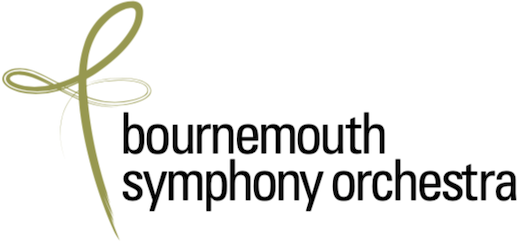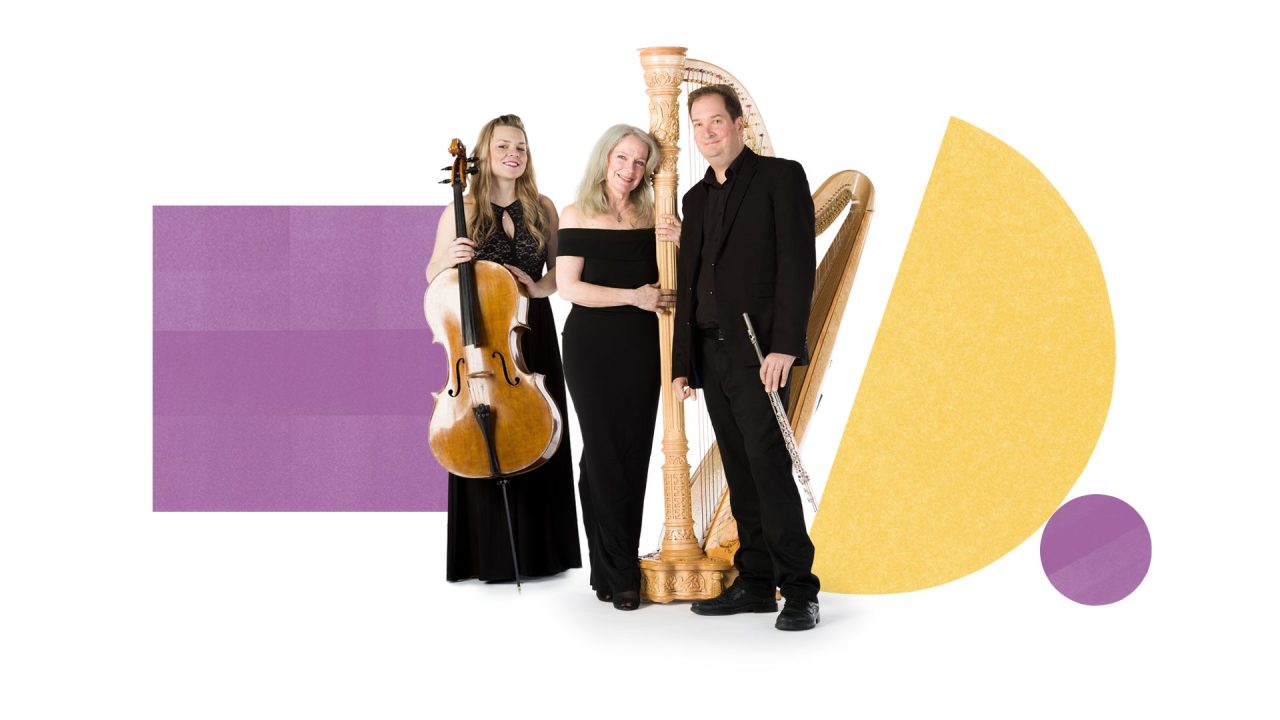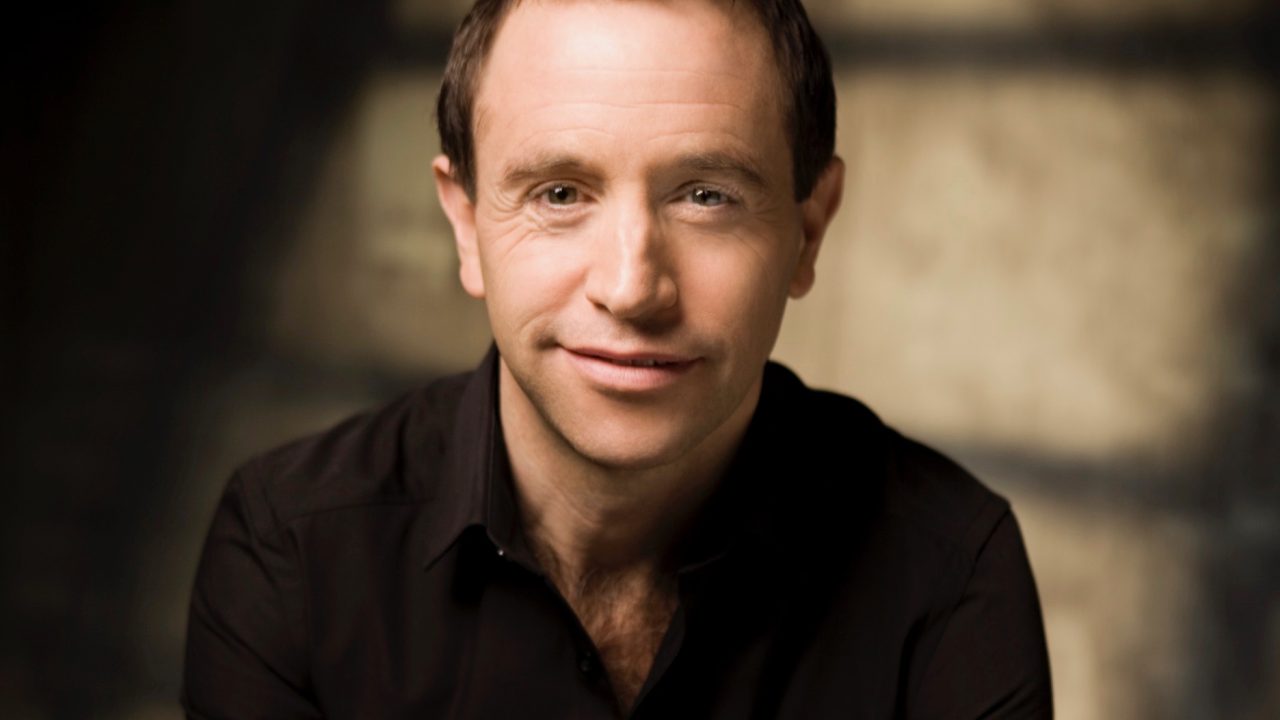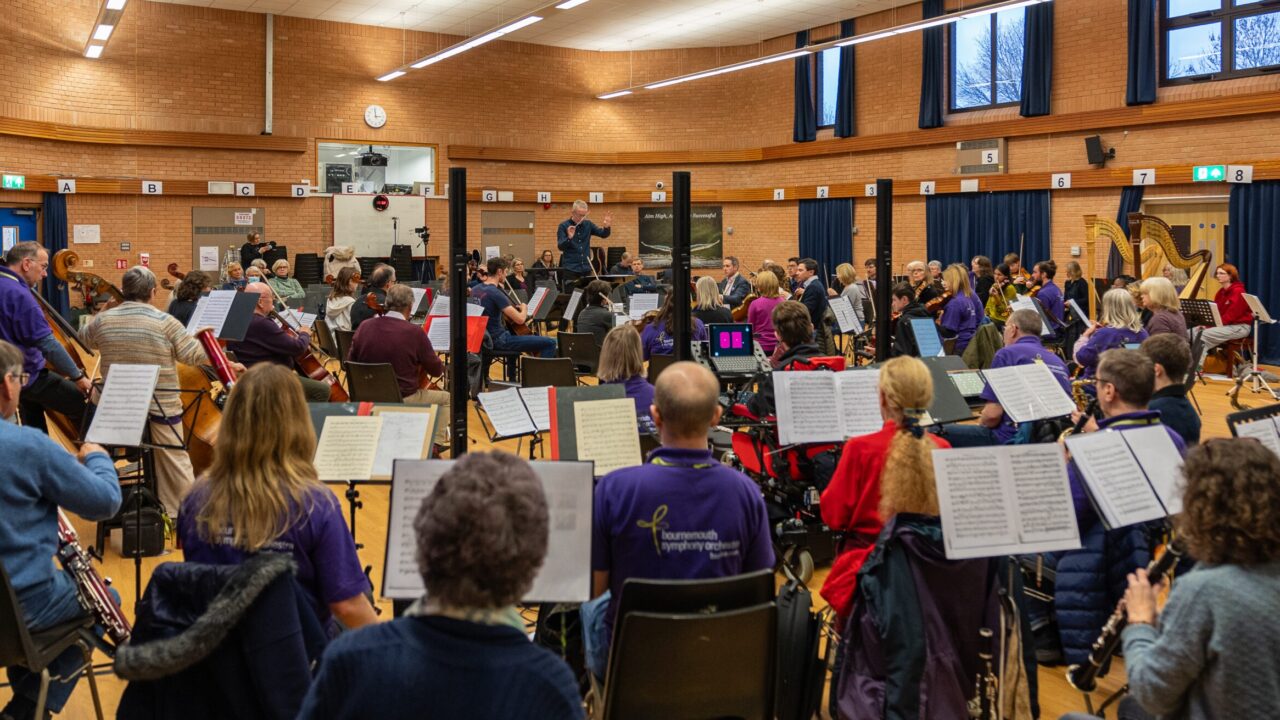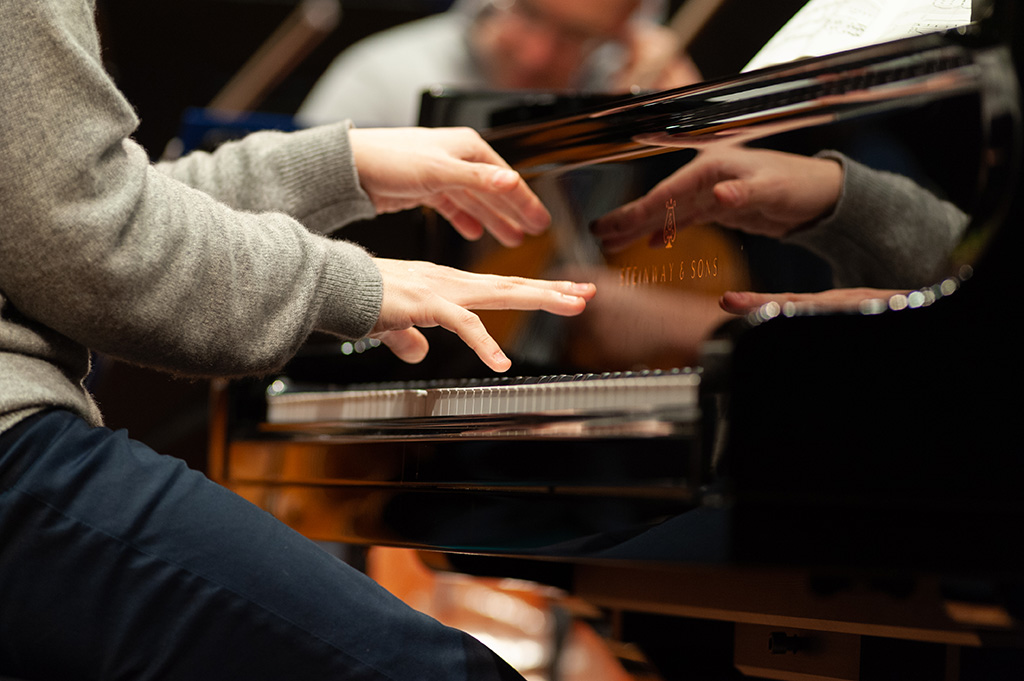How to open a concert – conductor Kirill Karabits stands motionless waiting for total silence in the auditorium, leaving the magic moment to solo flautist Anna Pyne for Debussy’s Faun to begin caressing our collective senses with the most languorous afternoon delight imaginable. The sultry winds and softly shimmering tremolos from the strings responded with an ever-increasing outpouring of passion subsiding into the evocative sounds of antique cymbals wafting in the air with knowing satisfaction. The brief rapturous experience voiced as utterly French in tantalising delicacy and suggestive understatement that opened the door onto a new sensuality and harmonic freedom in late 19th and early 20th century music.
Poise and passion of a totally different order were released in the blistering performance of Bartók’s Second Piano Concerto that followed. One of the most technically demanding in the repertoire, in the wrong hands the work can seem a relentlessly bludgeoning big beast. Not here – Sunwook Kim brought super-confident and thrilling power as well as intuitive flexibility to the solo part.
However, the key to success lies with the soloist’s partnership with the orchestra in a work where no hostages to fortune are taken. Realisation of the elaborate and hyper-dynamic contrapuntal interplay is crucial to balance and clarity of texture. Uncannily, our soloist spent much time looking away from the keyboard to commune directly with the wind or brass sections, and especially timpanist Barnaby Archer – almost duetting with his formidable protagonist and with no loss of impact and accuracy to the magic his hands were creating on the keyboard at the same time.
Conducting the work for the first time, Karabits stuck to the soloist like glue, with the off-beam oriental tang of the dialogue between the piano and strings in the night music of the central movement evoking a beautiful yet eerily unsettled natural world. Hyper-dynamism laced with enhanced wit and more playful high spirits coursed through the finale to round off a revelatory and very special performance.
Then onto Elgar 2, along with the Violin Concerto completed immediately beforehand, perhaps the composer’s most profound and personal work. The symphony subtly sustains two profiles – one full of open forthright positive energy for life, the other a more enigmatically veiled, but no less powerful and unsettling personal experience. A delicate balance to achieve throughout all four movements, but this performance nailed the subtle duality and transitions of mood with fluency and nerve-jangling insight.
Special mention too for the clarity and warmth of the string playing, which lived the complex soul of the music at every breath, much enhanced by the division of first and second violins across the platform, and crucial to inner voicing of their often complex parts. Witness the transparency of balance achieved for Edward Kay’s lone voice oboe lament in the slow movement, which is so often rendered inaudible by the complexity of the full orchestral accompaniment – not here however! In sum and somewhat paradoxically, this performance amply fulfilled Elgar’s citation of Shelley’s “Rarely, rarely comest thou, Spirit of Delight” by providing much more spirit of outstanding quality of listening delight to a very lucky audience. More Elgar please, Kirill!
Ian Julier
